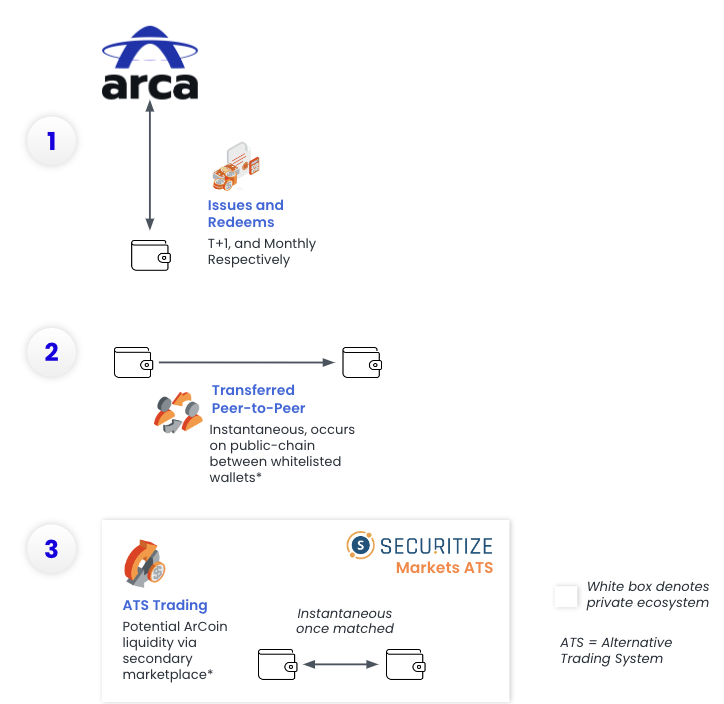Research Summary
The article discusses the concept of “re-staking” in the Ethereum network, introduced by EigenLayer. Re-staking allows Ethereum’s security to be extended to other applications, layer-2s, and more, by allowing ETH stakers to stake their ETH for these entities. This could potentially increase the yield for ETH stakers, but it also introduces additional risks, such as the risk of losing staked ETH due to smart contract bugs or misbehaviour in the validation process. The article also mentions a warning from Vitalik Buterin about the potential risks of re-staking.
Actionable Insights
- Re-staking could increase yield for ETH stakers: By re-staking their ETH, stakers could potentially earn yield in the native tokens of the applications, layer-2s, etc., that they are securing.
- Re-staking introduces additional risks: The risk of losing staked ETH due to smart contract bugs or misbehaviour in the validation process increases with re-staking.
- Vitalik Buterin has warned about the risks of re-staking: The Ethereum co-founder has issued a warning about the potential risks of re-staking, indicating that it could pose significant risks to Ethereum.













